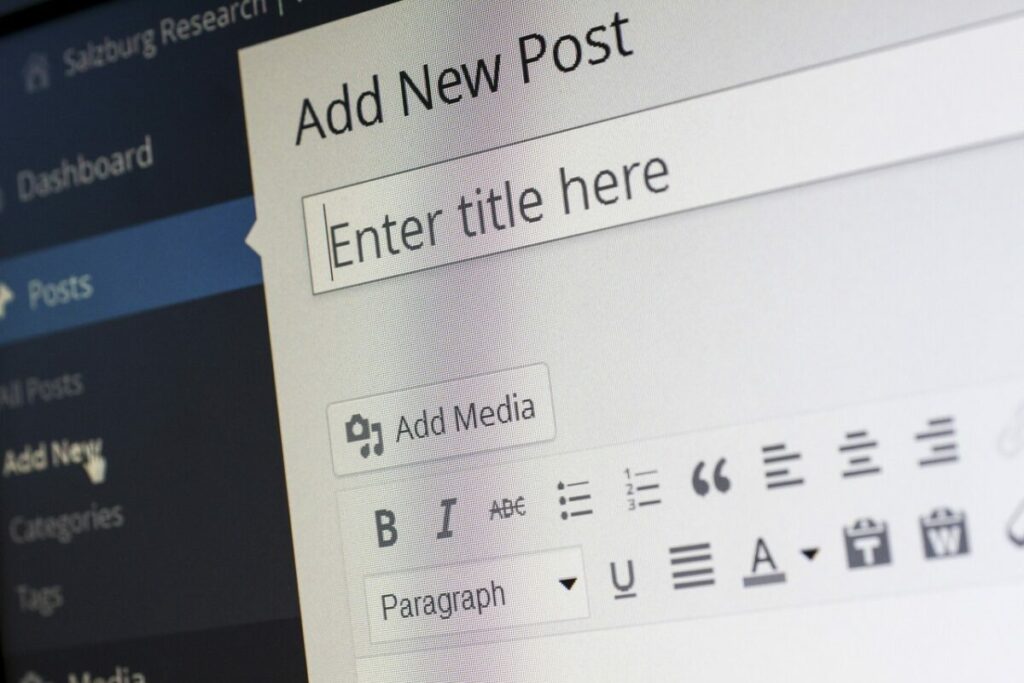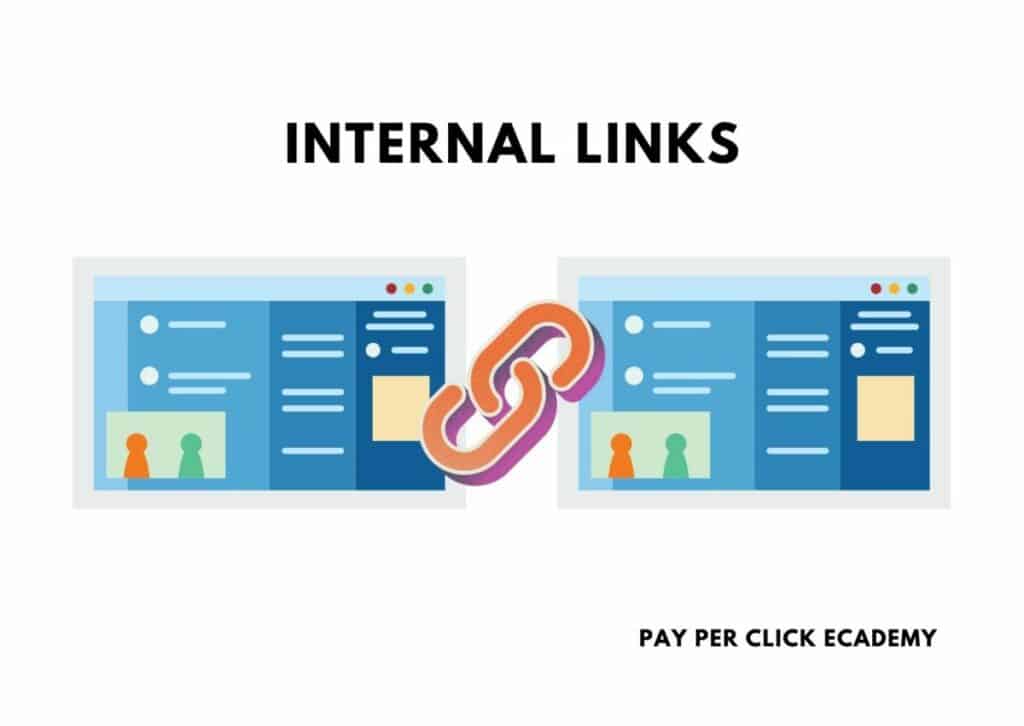Lately, blogging has become one of the most profitable online businesses. In fact, some long-term bloggers admit that blogging earns them more than a million dollars each month, all while requiring very little of them.
However, the truth is that; not just any blog can earn you good money or attract high traffic. For your blog to reach its highest marketing potential, it should be more search engine friendly.
And this is where search engine optimization comes in.
Basic blog post optimization helps to ensure that your website gets high and regular traffic.
More so, it gives your blog posts an added advantage over other websites, such that you always beat the competition and remain on top.
But, just how exactly can you go about optimizing your blog posts to be search engine friendly?
Tips to SEO Optimize Your Blog
The following are six pro tips on how you can SEO optimize your websites and blog posts:
1. Do Proper Keyword Research

When writing different topics on your blog post, don’t just include any keywords; include thoroughly-researched keywords. Some blog post writers, especially beginners, usually guess the appropriate keywords then include these in their articles.
However, guessing which keywords your users will be interested in rarely makes blog posts search engine optimized. Therefore, rather than use any keywords, it is highly recommended that you do proper keyword research.
The good thing about thoroughly-researched keywords is that these are exactly what your blog post visitors and users will be looking for.
In other words, they are a guarantee based on sure search engine data and not mere guesses.
When you plan your content strategy using these well-researched keywords, you will be able to write interesting topics that most users will want to read.
More so, you will always have new topics and blog post ideas to write about.
2. Make Your Posts Easy to Read and Understand

It goes without saying that people prefer articles that are easy to read and understand. And this is also the same case with search engines. Most search engines usually rank articles that are user-friendly higher than those that aren’t.
Therefore, another way you can improve the search engine optimization of your blog is by making your posts readable and easy to understand.
You can achieve this by using short sentences, correct punctuation, small paragraphs, bulleted list and subheadings.
Also, you can use images between paragraphs, such that the text looks easy on the eyes.
3. Write a Catchy Blog Post Title

The most important part of any blog post is the title. A good title helps to increase the relevancy of your articles and blog posts to the search queries. In turn, this helps to improve your rankings on different search engines.
More so, a catchy blog post title captures the attention of internet users, such that they feel motivated to click on your articles when they see these in the search engine results. So, how can you make your blog post title catchy and interesting?
First, use your focus keyword in the blog post title. A focus keyword, also commonly referred to as a key-phrase, is the topmost search term that you wish your blog post or website to rank for most.
Usually, a focus keyword is obtained from the list of possible keywords and sits at the top of the pyramid.
Second, you can improve the search engine optimization of your blog post title by making it effective and click-worthy. There are different methods of writing click-worthy titles.
For instance, you can take advantage of the EMV (emotional marketing value) formula, which recommends using power words in blog post articles.
4. Add Videos and Images to the Blog Posts

When you look up most search engine rankings, you will realize that those blog posts and websites with more engaging content are ranked higher in the search results.
One effective way to increase your blog post content and make it more engaging is by including images and videos.
Compared with plain text, videos and images are considered much more engaging. Therefore, when writing any blog posts and articles, it would be a good idea to include images and videos between the paragraphs.
However, when you decide to add images and videos to your blog posts, you should ensure that you have the image/video copyrights.
Copying images and videos from other blog posts could cause you to be sued or lead you into legal troubles. In addition, make sure to optimize your multimedia content so that it ranks well in search engines. You should also use a social media site like Pinterest to get your post crawled fast in SERPs.
See Related: How to Improve Readability
5. Include a Meta Description

A meta description is an HTML tag that provides a short description or summary of your blog post article. Most search engines and crawlers use the information included in meta descriptions to rank the articles and posts.
Therefore, considering the importance of meta description in search engine optimization, it would be a good idea to include one in all of your blog posts.
A good meta description is that which clearly explains what your article is all about. Hence, when writing one, ensure that you provide a clear and easy-to-understand summary of your post.
Also, it is important that you include your focus keyword in the meta description, at least once. The maximum number of characters allowed in a meta description is 155.
When you exceed 155 characters, your meta description will most likely be truncated. Therefore, always ensure that your meta description remains within the 155 character limit and is easily understood.
6. Add Internal Links to Your Blog Posts

If you already have several articles in your blog post, it is high time you started including internal links in these. Internal links work by directing the readers to your older blog posts and articles.
When you include internal links into your blog posts, you create a contextual relationship between your older posts and the newer ones. In addition, internal links give you the opportunity to pass relevant information to the older posts.
Still, this doesn’t mean that you should always link new pages to older posts. You can also do vice versa and edit your older posts, adding internal links that will direct your readers to the new posts.
Such 2-way internal linking ensures that your page has good search engine optimization (SEO) and generates more traffic to the site.
Conclusion
Creating a blog post requires time and effort. Yet, when no one visits your site or reads your blog posts, all that effort will only go to waste.
You wouldn’t want that, right? Well, the above six tips can make yours an SEO-optimized blog and generate high traffic for you. Try these out and see how you get thousands, even millions of views to your blog.
Related Resources

